Affiliate links on Android Authority may earn us a commission. Learn more.
OnePlus 5 vs Google Pixel XL: quick look
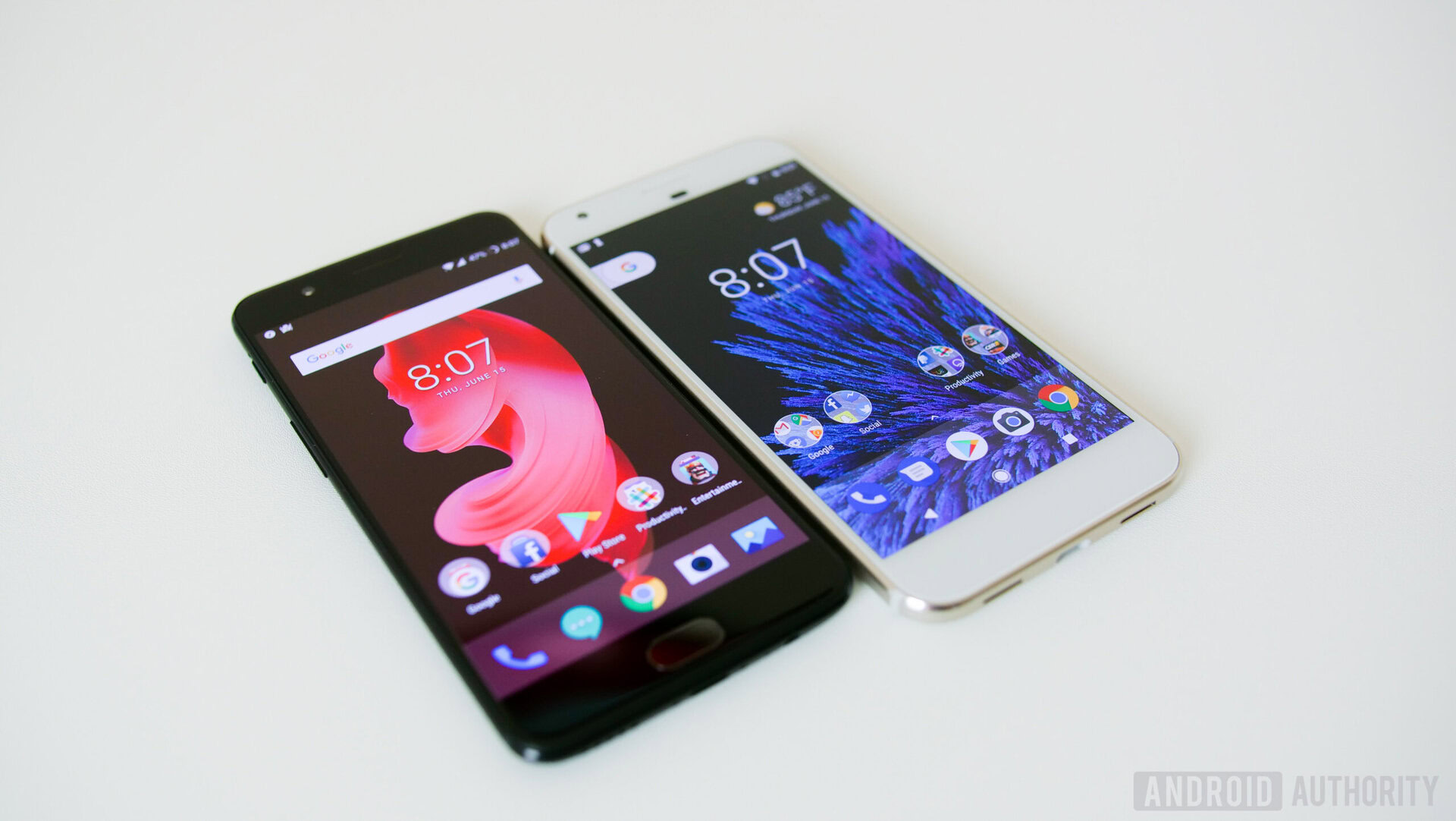
As expected, the OnePlus 5 features high-end specs and a (relatively) affordable price tag. But how does it compare to other flagships on the market like the Google Pixel XL? In this post, we’ll compare the two smartphones to get a better idea of just how different or similar they really are.
We’ll talk about specs, design, software as well as price, which obviously has a big impact on consumers’ purchasing decisions. That way, you’ll know more about both devices and will be able to decide which one is a better option for you.
Design
Those of you who are familiar with OnePlus probably already know that the company’s products have always had somewhat of a minimalist or simple design. Things aren’t any different with the OnePlus 5, despite the fact that it looks quite different than its predecessor.
The smartphone features an aluminum unibody that has more rounded corners and edges when compared with the 3T. You’ll find the dual-camera setup on the back along with the flash module and the OnePlus logo. The back is also slightly curved, which makes the device sit better in the hand. The fingerprint scanner is embedded in the home button and positioned below the screen, the volume rocker and the textured alert slider are on the left side, while the power button and SIM card slot are on the right.
The OnePlus 5 is the slimmest flagship smartphone the company has ever made — 7.25 mm — and comes in two color options: Midnight Black and Slate Gray. Although it’s quite easy on the eyes, it’s worth pointing out that it looks very similar to one of its rivals.
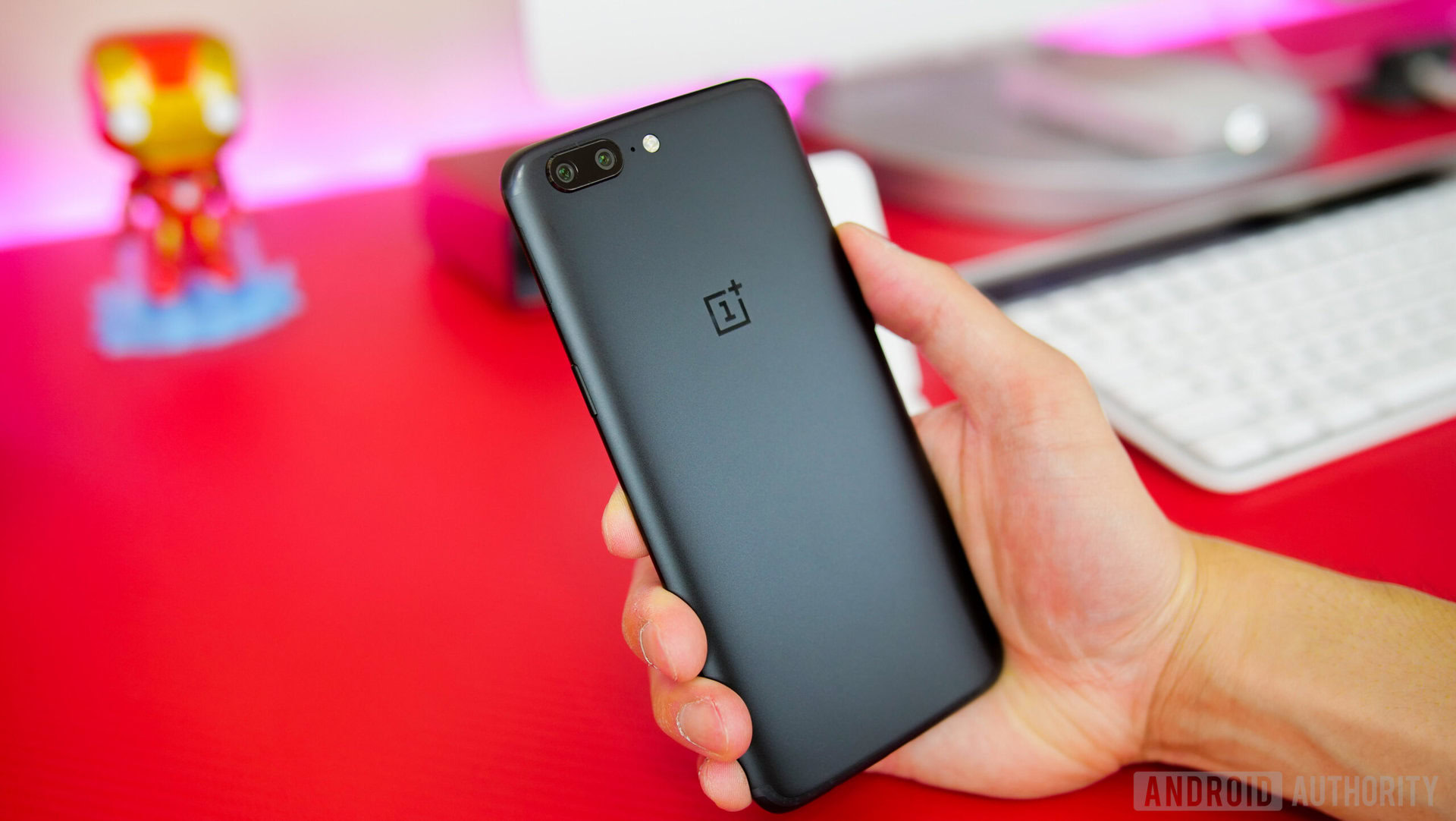
The Google Pixel XL is also quite a simple looking device that doesn’t stand out from the crowd all that much. It has a metal body with a small glass window at the back that gives it a little bit more character. It’s clear that Google has really played it safe when it comes to design, especially if you compare the Pixel XL to a few Nexus devices.
At 8.5 mm, the smartphone is a little bit thicker than the OnePlus 5 and is available in the Very Silver, Quite Black as well as the limited edition Really Blue color options.
Unlike its rival, the Pixel XL has a fingerprint scanner on the back. What’s better in this case depends on who you ask, as a lot of us have a different opinion on this topic. Other design elements worth mentioning are the volume rocker and power button on the right side, the headphone jack on the top, and the USB Type-C port and speaker at the bottom.

As always, there’s no real winner when it comes to aesthetics. Both smartphones have a metal body and quite a simple design, but are still very different from one another.
Specs
The OnePlus 5 sports a 5.5-inch AMOLED Full HD display and is powered by the latest Snapdragon 835 chipset. It comes with either 6 GB of RAM and 64 GB of storage or 8 GB of RAM and 128 GB of space. Unfortunately there’s no microSD card slot available on the 5.
Just like the LG G6, HUAWEI P10, and many other recent flagships, it’s equipped with a dual-camera setup on the back. It features a 16 MP sensor with an f/1.7 aperture and a 20 MP telephoto lens with an f/2.6 aperture. According to OnePlus, this is the highest resolution dual-camera system on any smartphone. There’s also a selfie snapper on board that has a 16 MP sensor.
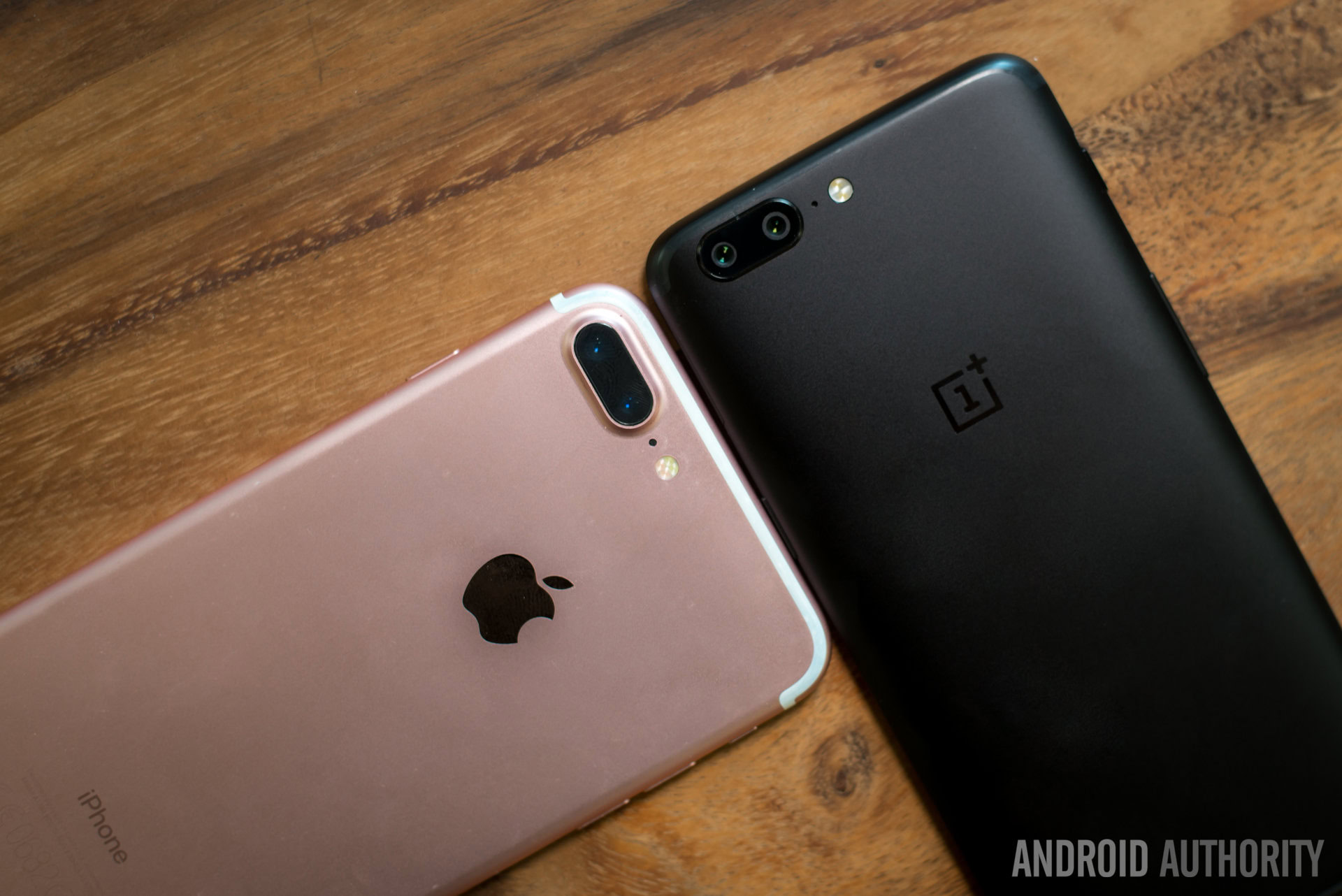
As previously mentioned, the OnePlus 5 is really thin. Although this is considered as a good thing by many, it does have a drawback as the device packs a smaller battery than its predecessor — 3,300 mAh. We found that the OnePlus 5’s battery is comparable to that of the 3T, though we would certainly opt for a bigger battery over a slimmer chassis if given the chance.
The phone also supports Dash Charge, which means you can fully charge the device in around 90 minutes.
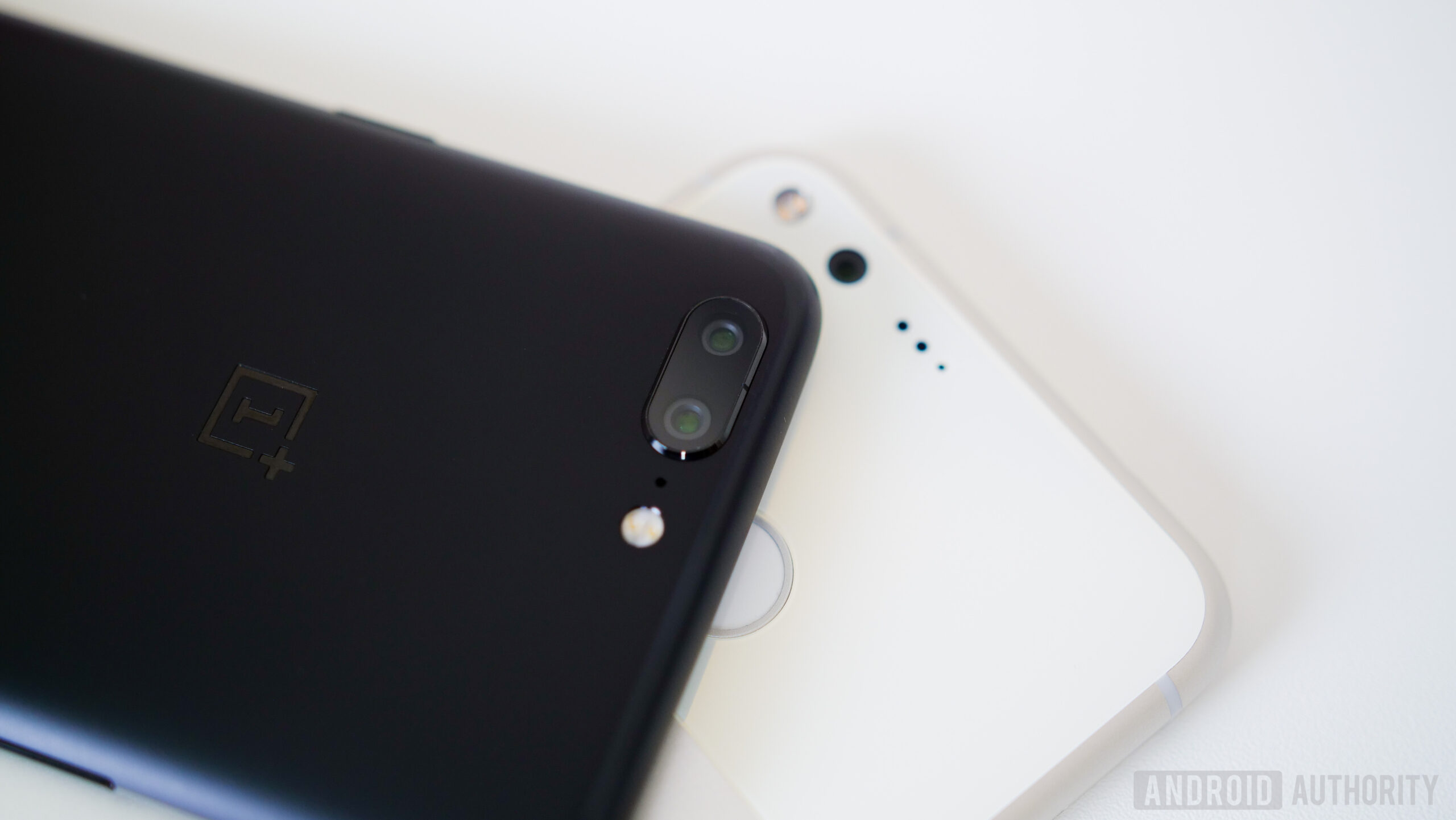
The Pixel XL also has a 5.5-inch AMOLED screen but offers a higher QHD resolution. You’ll find the slightly older but still powerful Snapdragon 821 chipset under the hood, which also powers devices like the LG G6 and last year’s OnePlus 3T. It offers 4 GB of RAM and either 32 or 128 GB of storage that can’t be expanded.
Although it doesn’t have a dual-camera setup, it does feature one of the best cameras available on a smartphone. It has a 12.3 MP sensor with an f/2.0 aperture, 1.55 µm pixel size, electronic image stabilization, and dual-LED flash. When reviewed, it received the highest DxOMark rating with a score of 89. Although it is worth mentioning that it was recently bumped down to second place, with the HTC U11 taking the number one spot with a score of 90.
The Pixel XL also sports an 8 MP selfie snapper and has a 3,450 mAh battery, which is slightly larger than that of its rival. It’s not totally waterproof but is splash and dust resistant thanks to the IP53 rating.
To sum, the OnePlus 5 offers more RAM, a newer and faster chipset, and a dual-camera setup that’s capable of capturing those fancy bokeh photos. The Pixel XL, on the other hand, has a higher-resolution screen, a slightly bigger battery, and a camera with a DxOMark score of 89.
| OnePlus 5 | Pixel XL | |
|---|---|---|
Display | OnePlus 5 5.5-inch AMOLED 1920 x 1080 resolution 401 ppi | Pixel XL 5.5-inch AMOLED 2560 x 1440 resolution 534 ppi |
Processor | OnePlus 5 2.45 GHz Qualcomm Snapdragon 835 | Pixel XL 2.15 GHz Qualcomm Snapdragon 821 |
GPU | OnePlus 5 Adreno 540 | Pixel XL Adreno 530 GPU |
RAM | OnePlus 5 6/8 GB | Pixel XL 4 GB |
Storage | OnePlus 5 64/128 GB | Pixel XL 32/128 GB |
MicroSD | OnePlus 5 No | Pixel XL No |
Camera | OnePlus 5 Main: 16 MP Sony IMX 398 sensor, 1.12 μm, ƒ/1.7 aperture, EIS, dual LED flash Telephoto: 20 MP Sony IMX 350 sensor, 1.0 μm, ƒ/2.6 aperture Front: 16 MP sensor | Pixel XL Main: 12.3 MP rear camera, f/2.0 aperture, EIS, dual LED flash Front: 8 MP sensor |
Battery | OnePlus 5 3,300 mAh Non-removable | Pixel XL 3,450 mAh Non-removable |
Software | OnePlus 5 Android 7.1.1 Nougat OxygenOS | Pixel XL Android 7.1 Nougat |
Water resistance | OnePlus 5 No | Pixel XL IP53 certified Splash and dust resistant |
Dimensions | OnePlus 5 154.2 x 74.1 x 7.25 mm 153 g | Pixel XL 154.7 x 75.7 x 8.5 mm 168 g |
Software
The Pixel XL ships with Android 7.1.2 Nougat on board with the Pixel Launcher on top. It offers the most stock Android experience out there, and is one of the first smartphones to get software updates once they are released. This is one of its biggest advantages over its rivals, which normally have to wait quite some time in certain cases to get bumped up to the latest version of Android.
As expected, the software is clean, fast, and doesn’t come with a bunch of unnecessary apps you normally see when you buy a smartphone from a quite a few other brands. It comes with the standard set of Google services including the popular Assistant, too. Along with its smaller brother, the Pixel XL was actually the first smartphone to launch with Assistant on board. There are other features available such as swiping right from the home screen to see personalized Google cards with news and other info or swiping up from the bottom to open the app drawer.
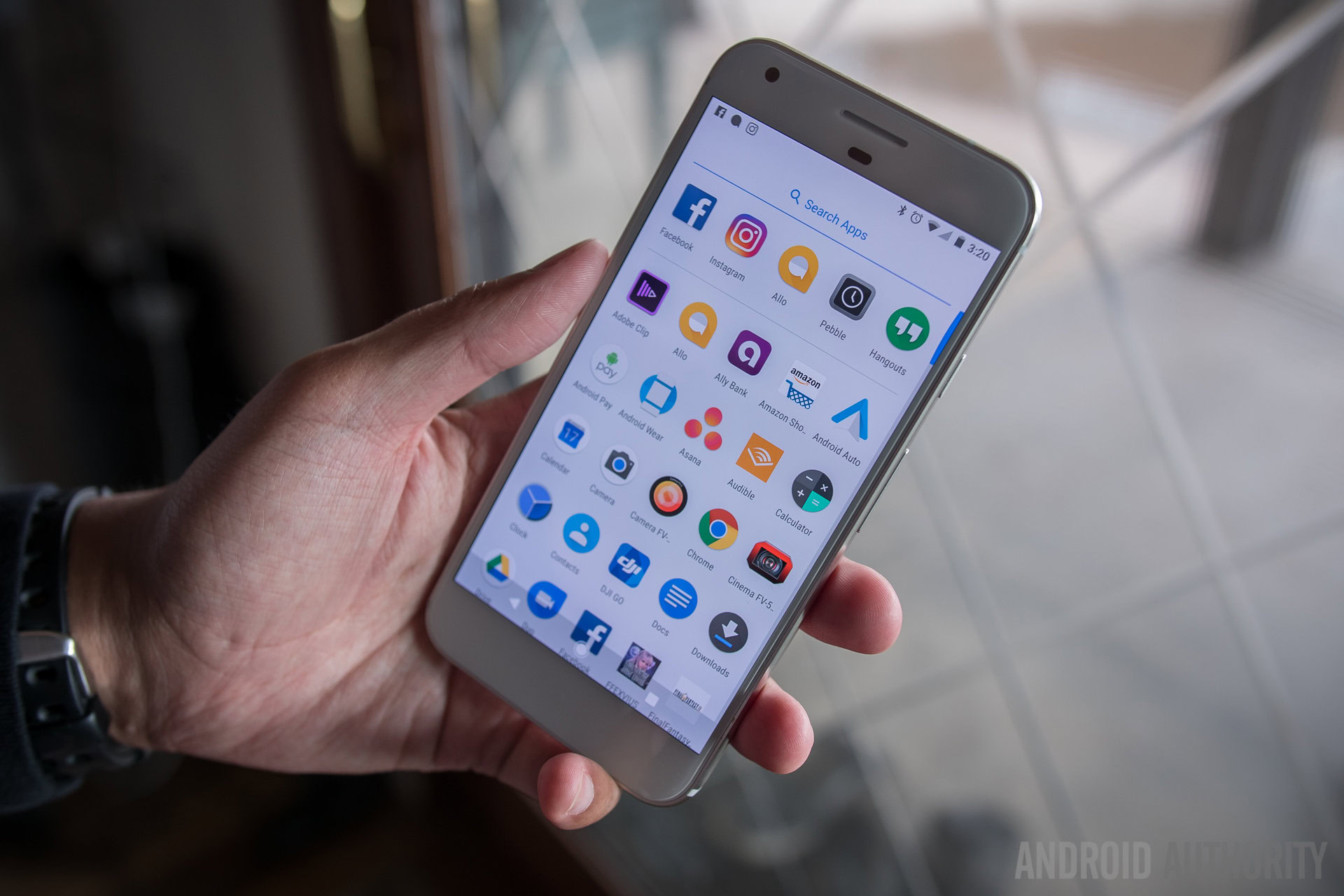
The OnePlus 5 runs Android 7.1.1 Nougat with the OxygenOS on top. It’s a very light skin that doesn’t change the look and feel of Android by much. It does, however, offer a number of customization options that allow you to truly make the device your own. One of these is the option of switching between capacitive buttons under the display or the on-screen software buttons with a simple tap in the settings menu.
There are quite a few gestures available like, for example, drawing an O on the screen to launch the camera. You can also draw a V to turn on the flashlight or an S, W or M, which you can program to launch an app of your choice or perform a specific function.
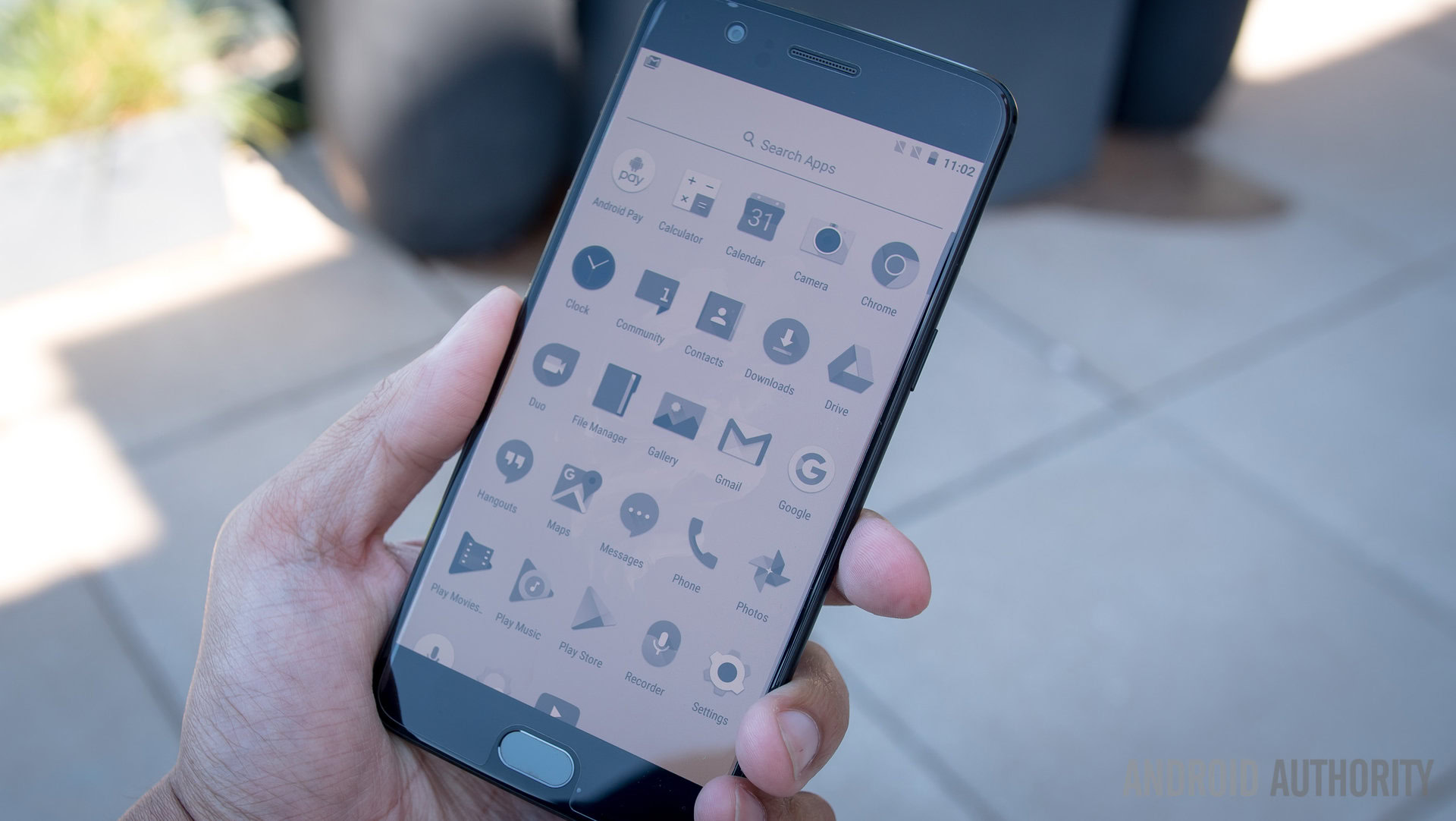
Then there’s the Shelf feature on the home screen that gives you access to recent contacts, apps, and the weather, Reading Mode that filters out blue light and adjusts a few settings for a better reading experience, and Auto Night Mode, among others. Just like the Pixel XL, the OnePlus 5 also has Assistant on board.
The OnePlus 5 does offer more bells and whistles when it comes to software, but that doesn’t mean it’s necessarily a better option. The stock Android experience on the Pixel XL has proven to be extremely popular among a lot of users. A big advantage of the Pixel XL over the OnePlus 5 is that it will definitely get the latest version of Android a lot sooner.
Price
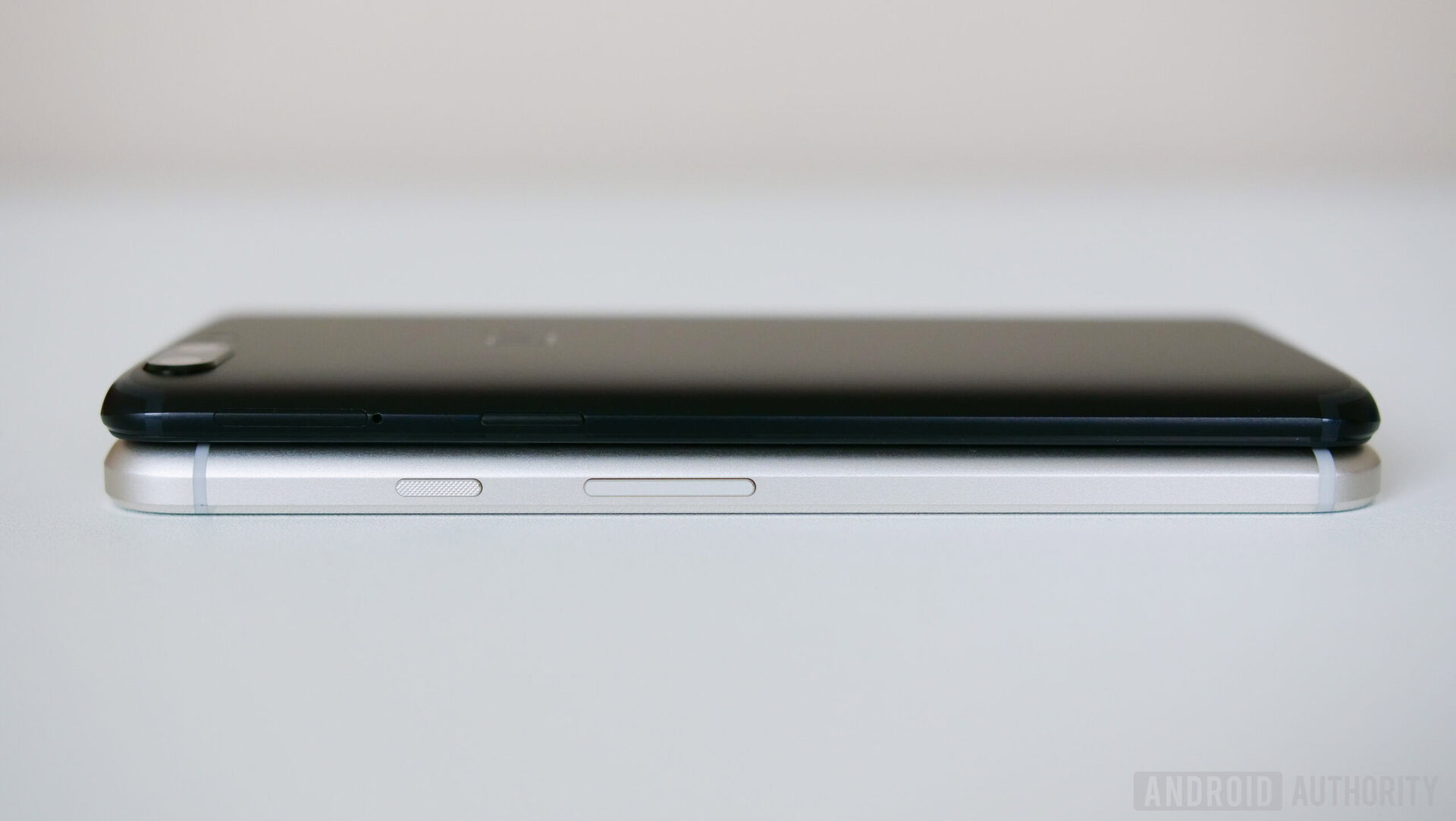
OnePlus is best known for its affordable devices that offer a much better price-performance ratio than a lot of its competitors. Although the OnePlus 5 is the most expensive device the company has ever made, it’s still considered as a great deal. The version with 6 GB of RAM and 64 GB of storage retails for $479/€499, while the model with 8 GB of RAM and 128 GB of storage will set you back $539/€559.
The Pixel XL, on the other hand, carries a premium price tag. In the US, the 32 GB version of the smartphone will set you back $769, while the 128 GB model can be yours for $869. In Europe, the flagship is even more expensive at €899 and €1,009.
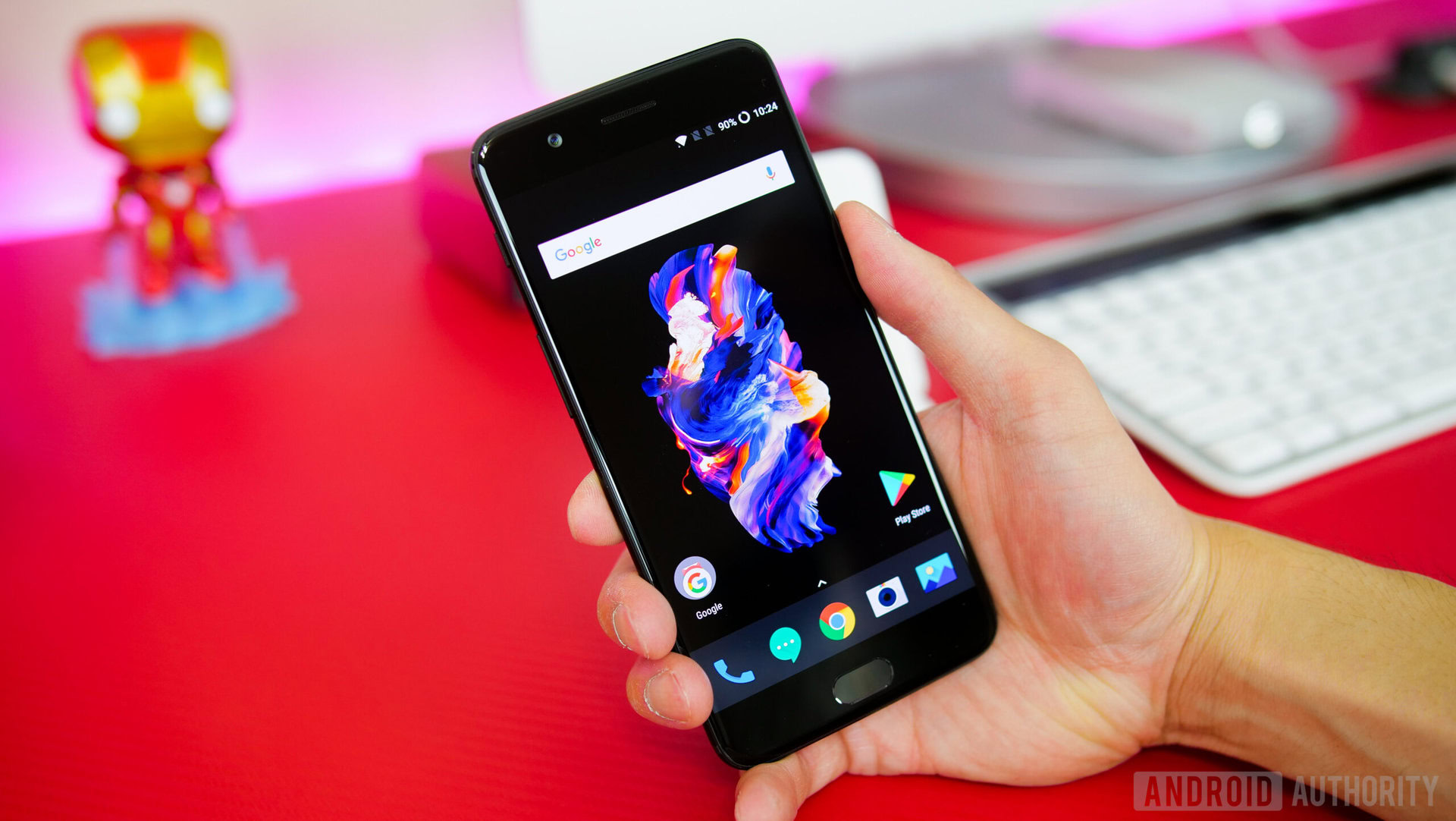
As you can see, the OnePlus 5 is clearly the winner when it comes to pricing. The 128 GB version of the smartphone is a little less than 40 percent cheaper when compared with its rival in the US. In Europe, this percentage is even higher (around 45 percent).
Final thoughts
There are quite a few similarities between the OnePlus 5 and Pixel XL, as both devices have a simplistic design, a metal body, and a 5.5-inch screen, among other things. However, the flagships are quite different as well in a number of ways.
The OnePlus 5 offers 2 or 4 GB of RAM more depending on the model, has the newer Snapdragon 835 chipset, a dual-camera setup, and supports the company’s Dash Charge technology that promises a day’s power in half an hour. It’s also a lot more affordable.
The Pixel XL sports a higher resolution display, has a great camera, a bigger battery, and is splash and water resistant. It also offers a stock version of Android and will be one of the first in line to get software updates.
Both are great smartphones and you can’t really go wrong with either one of them. Which is best for you is a question you’ll have to answer for yourself based on the info we provided you with in this post. Let us know what you think in the comments below.
Want to learn more about the OnePlus 5? Check out our full review!